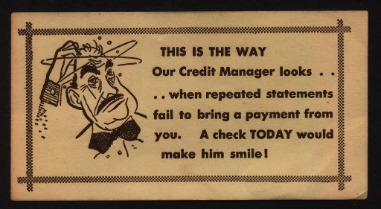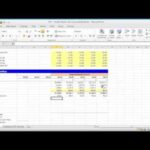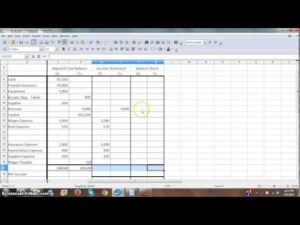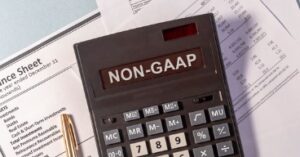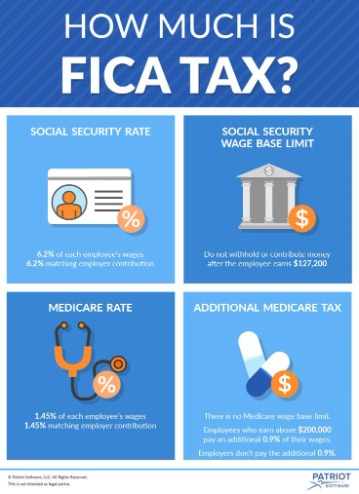How to Hire the Right Bookkeeper for Your Small Business Bench Accounting
Wednesday, September 11th, 2024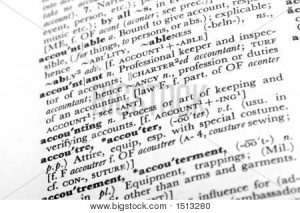
Then, using an online calculator, determine how much your time is worth, and figure out how many “dollars” you spend on bookkeeping per month. It is typically easier to maintain clean books throughout the year rather than trying to prepare for taxes when tax deadlines are already close. Some the documents for filing taxes if i own a small business bookkeepers do provide tax preparation services, but usually, they’ll be doing it from their own experience, as not all bookkeepers are professional tax advisors. Become familiar with the prospective bookkeeper’s qualifications and credentials. Since nearly anyone can call themselves a bookkeeper, you’ll want to ask about their background.
Ultimately, a proficient bookkeeper gives you invaluable insight into your company’s finances, allowing you to make better decisions. For example, if you run a restaurant where employees routinely have tips, minimum wage is frequently an issue. You’ll likely want a bookkeeper that’s worked in the same industry.
- Accountants have higher education requirements and may have training in bookkeeping roles.
- Look into the industry-specific expertise they have to get a better idea.
- Learn more in our guide Why you need to get an accountant or bookkeeper.
- This is a highly recommended method because it tells the company’s financial status based on known incoming and outgoing funds.
- Forbes Advisor has put together this guide to help you understand the basics of small business bookkeeping.
When should I hire a bookkeeper?
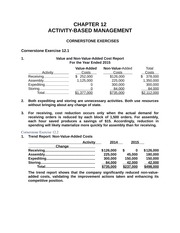
On the other hand, accountants are generally equipped with an accounting degree and may even be state-certified CPAs. You can expect most bookkeepers to maintain the general ledger and accounts while the accountant is there to create and interpret more complex financial statements. Bookkeeping is the process of tracking income and expenses in your business. It lets you know how you’re doing with cash flow and how your business is doing overall. Staying on top of your bookkeeping is important so oregon tax rate that you don’t have unexpected realizations about account balances and expenses. Forbes Advisor has put together this guide to help you understand the basics of small business bookkeeping.
Since bookkeepers aren’t required to have the same level of credentials as accountants, they are often cheaper to hire and can save your company money. Asking what kind of accounting software your bookkeeper uses is important because it determines whether or not you’ll have administrative rights. If you don’t have rights to the software, you may have issues accessing your financial information if you don’t have access to the software your bookkeeper uses. The bottom line here is to make sure you have access to the data and files the bookkeeper will be working with to ensure transparency. After you’ve figured out what type of bookkeeper you need, determine what bookkeeping process best suits your company. Paper-based bookkeeping means gathering your physical papers and records and reviewing them in person.
DIY bookkeeping takes up more time than you can afford
They can share that information using cloud-based accounting software. That means they can access your financials securely online, from anywhere. It lets them share reports about the financial status of your business.
Your financial transactions
Ask the candidate to explain anything you are concerned about in the background report. Your bookkeeper will have access to highly sensitive information about both your company and employees. You must protect your existing employees’ confidential data by ensuring you hire a trustworthy employee. Evaluate the candidate’s proficiency in accounting software, such as QuickBooks, Xero, or other relevant platforms. Check their knowledge of Microsoft Excel and other software tools commonly used in bookkeeping. With a reliable bookkeeper, you can focus on your business instead of constantly worrying about cash flow and expenses.
The Bureau of Labor Statistics (BLS) projects a 5% decline in bookkeeping occupations from 2023 and 2033. The BLS also reports a median annual wage of $47,400 for bookkeepers, which is less than the average for all occupations. Every job and person is different, but it usually takes about six months of on-the-job training to really get a grasp on the bookkeeping role. If you have a degree in accounting or a related discipline, you will probably pick it up quicker than if you don’t. Many accounting programs feature internships and practicums that help you build experience as you learn. Bookkeepers typically don’t need experience, as they often learn the required skills as they go.
The most important parts of doing your own bookkeeping are staying organized and keeping track of the details. The skills needed to become a successful bookkeeper are often acquired through working in a career in the finance industry or even by balancing your personal budgets. Many bookkeepers hone and develop their expertise over time while others opt to complete seminars, read books or take online classes. While any competent employee can handle bookkeeping, accounting is typically handled by a licensed professional.
When first starting out, market yourself as a professional who is well-versed in managing accounts, reconciling transactions, providing financial overviews and balancing budgets. Ask for testimonials from people who have utilized your services in the past and spread the word about your offerings through a website or social media. Keeping up with the records in your small business might be a task you are willing and able to tackle yourself. The system freelancers 2020 you choose to use doesn’t need to be complicated and the ledgers should be straightforward, especially if you have just a few or no employees.
Expand your search to additional job board sites if you want to hire an employee for the role. You want to make sure you get your job posting in front of as many qualified applicants as possible. If you’re ready to take bookkeeping off your plate and delegate this task to someone else, it can be hard to know where to look. Start by reaching out to other business owners for recommendations, searching online for providers and checking out reviews on Google or Yelp. If you don’t feel comfortable with a freelancer, there are many firms that offer bookkeeping services as well. You should consider hiring a bookkeeper when you need ongoing support in these areas to ensure that your financial records are up-to-date and accurate.






